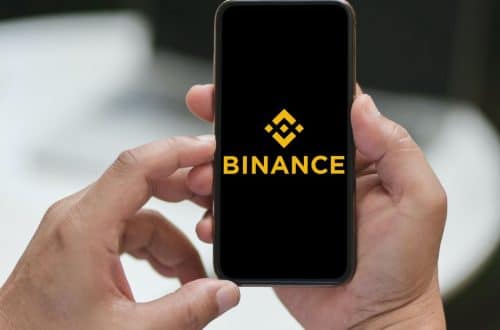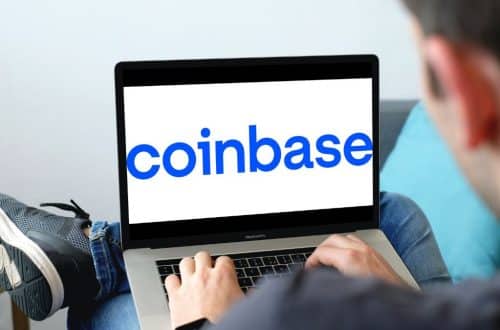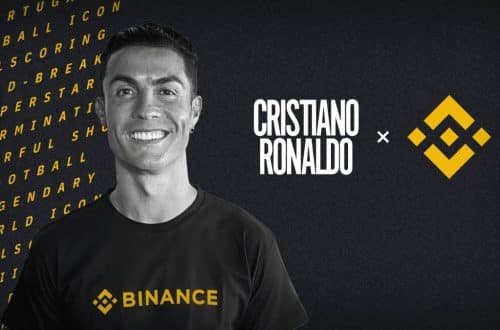
Ethereum Core Developer Tim Beiko Announces New Beacon Chain
Ethereum Network’s sole Proof-of-Work (PoW) testnet Ropsten has launched its Proof-of-Stake (PoS) beacon chain. This is considered to be the first ‘dress rehearsal’ and also a major achievement as the long-expected “Merge” that is projected to unify the chain with the Ethereum mainnet. Due to the high standard of operation of Ropsten in mirroring Ethereum mainnet, it served as a virtual lab for developers to conduct tests before incorporating updates on the main protocol. More than 10 million ERC-20 testnet tokens have been launched on the network as a result.
The Merge, which would usher in Ethereum 2.0 Proof-of-Stake consensus, is set to target one of the major problems of cryptocurrencies in terms of mining operations as it sets to update its transaction verification through staking.
In a recent tweet made by one of Ethereum’s top developers, Tim Beiko, he announced that a Beacon chain that would serve as a final test Merge was launched for Ropsten.
This upgrade, which has taken more years than anticipated, means that more Ethereum will be destroyed compared to the one created, thereby adding to its value and reducing the cost of transactions on the network drastically. This also means that Ethereum would become deflationary.
The Merge is set to reduce energy consumption by more than 99%, strengthening the network’s sustainability and making censorship virtually impossible. This completely removes the need for large energy-consuming mining operations and instead insures the network using staked ether.
Tim Beiko also noted that the Merge is expected around the 8th of June needing a Bellatrix upgrade activation to enhance the preparation of Ropsten Beacon Chain before the said date. However, the factor needed for the success of the operation is that the network must be boosted to “merge-compliant protocol rules” in slot 24,000.
The above statement signifies that a Total Terminal Difficulty (TTD) will be chosen after the Bellatrix update to activate the combination.
He also urged developers on the network running dApps to ensure that their code works as intended on Ropsten. In his words, “if you run a validator, you need to run the validator client. Note that, just like today, you can run multiple validators on a single EL <> CL combo.” A guide was also provided to ensure easier navigation for the validator set-up. Ethereum stakers are just required to be up to date on the events and enquire on fees allocation in a pool.
The Network developers accounted in their recent notes that due to the volatile nature of the Proof-of-work testnet’s hash rate, the value of TTD would be set at an exceptionally high value which is not certain at the time of release and further advised that validators and providers familiarize themselves with the mechanism of the chain so as to understand the transaction process of the new protocol.
However, last week, the Ethereum beacon chain experienced a terrible security risk called Blockchain Reorganization. This lasted seven blocks and appeared to be the longest reorg in years, according to the founder of Gnosis, Martin Köppelmann. This issue is said to be addressed in the upcoming upgrade to prevent the attack from reoccurring.
Ethereum is the second-largest cryptocurrency by market cap after Bitcoin. The success of the Merge between the two systems will facilitate the inflow of developers and builders on the blockchain.
Will the Merge Affect the Cost of Transactions on the Ethereum Network?
The main concerns are whether the Merge would actually affect the rate and cost of transactions on the Ethereum network. In a recent interview with Steven Goldfeder, the founder of Arbitrum, he stated that scaling is a long term problem that takes a longer form of solution to be resolved. Ethereum Layer 2 seems to be acting as a better alternative to some of its deficiencies. The introduction of Sharding in 2023 will eventually determine the strength of Ethereum’s innovation.







